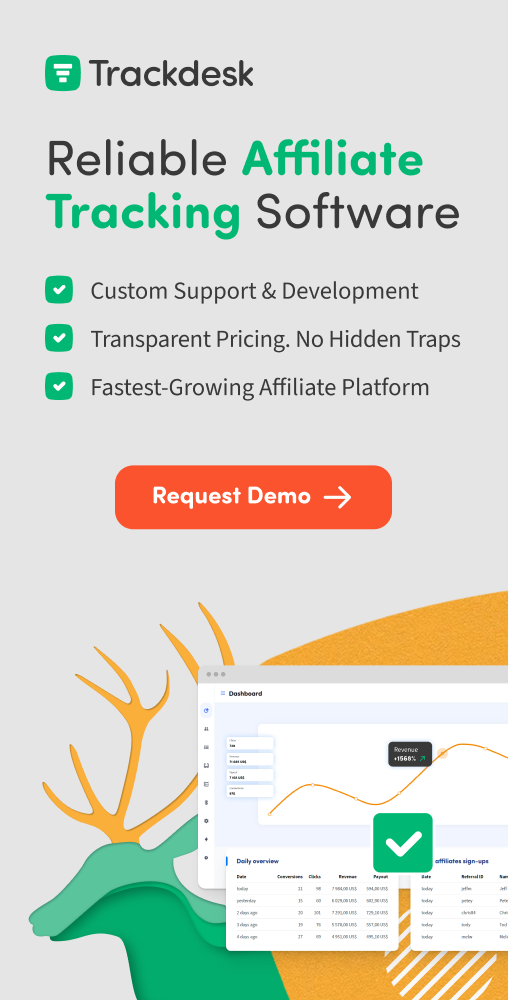
Five Aspects to Consider for Market Penetration
Unleashing Market Potential: Exploring Five Crucial Aspects for Successful Market Penetration Strategies in the Evolving Business Landscape.
Today’s business landscape is evolving rapidly, driven by factors like the technological revolution and changing consumer behaviours and expectations. It has become more important than ever for businesses to stay competitive and adopt sustainable growth and development strategies. One key area to look into is market penetration and the market penetration strategy you can use to gain a competitive edge.
What is Market Penetration?
There are two ways to define market penetration: as a measurement or as a process.
When defined as a measurement, market penetration refers to the size of your product’s customer base relative to its total market size. To calculate this ratio—the market penetration rate or your total addressable market (TAM), use this formula:
(Number of customers/target market size) x 100 = market penetration rate
The average market penetration rate varies from one industry to another. For example, the average rate of market penetration for consumer products sits between 2% and 6%. For business products, the average rate ranges from 10% to 40%.
Monitoring market penetration rates allows you to determine how well your business is growing. It informs your plans for improving product visibility, brand recognition, and brand perception. The best period to calculate this rate is after running a marketing or sales campaign. It allows you to see changes in the extent to which you’ve captured your target market, which tells you if your campaign succeeded.
Meanwhile, when defined as a process, market penetration is the strategy for expanding your brand’s market share within its existing target market and taking a portion of the market from your competitors. This can be done in a variety of ways, such as determining new challenges your products can address, making price adjustments, strengthening distribution channels, or even buying out competition.
Note that a market penetration strategy is different from a market development strategy. The latter is another type of growth strategy that involves developing a new market by finding another market segment that your existing products would be relevant to. You can also explore developing a product that complements your existing product line. For example, if you specialise in providing adult sleepwear, you might consider creating a line for kids. Focusing on your market development strategy is also one of the best ways to boost market penetration.
Why You Need a Market Penetration Strategy
A market penetration strategy refers to tactics you can use to gain a higher market share, all while leveraging existing products in a thriving market with high customer demand. When executed correctly, it can lead to growth and increased sales, given that you’re tapping into customers already in that market.
Aside from increasing your market share, implementing the right market penetration strategy gives you a competitive edge. The key here is to pick the option that best aligns with your business goals.
5 Aspects to Consider for Market Penetration
High market penetration enables your business to become a market leader for your particular sector. Furthermore, you get access to a broader audience base. Being a market leader allows you to enjoy better customer loyalty and positive customer perception. It gives you an edge over negotiations with your suppliers, given that you can leverage your high sales volumes for bulk orders. Implementing supplier diversity practices can help in expanding your supplier base and enhancing the overall resilience of your supply chain.
Below are some of the common market penetration strategies, as well as market penetration strategy examples you can take inspiration from.
Market Penetration Pricing Strategies
One of the most effective ways to increase market penetration is adjusting prices to make your products more attractive or accessible to target customers. You can either reduce or increase product prices, depending on how you want to position your brand. Do you want your products to be seen as affordable alternatives, or do you want to be recognised as the superior option?
There are several market penetration pricing strategies you can use:
- Price skimming is initially increasing prices to attract customers who are already interested in your brand, allowing you to maximise profits for the short term. Eventually, you’ll gradually reduce prices to attract price-sensitive customers. For instance, if you’re launching a new line, you’d want to leverage high consumer interest and low competition. One of the best examples of price skimming can be seen in electronic products. When Brand X launches a new flagship phone, prices are expected to be higher. However, when competing products from other brands in the same market start to appear, Brand X’s prices eventually drop. Note that prices are lowered just enough to let Brand X maintain a competitive edge.
- Penetration pricing is reducing prices to attract customers, particularly in cases where you launch a new product or service.
- Cost-plus pricing entails calculating total costs (fixed and variable costs) and then applying a markup or a profit percentage to get a price.
A market penetration pricing strategy is most suitable when launching a new product and wanting to capitalise on market share, profit margin, customer demand, or lifetime value. It also applies if you aim to attract customers coming from your competition or if you want to leverage your market share to sell more products. Note that this only applies if you already have a significant market share.
Establishing More Distribution Channels
While using traditional distribution outlets is still an effective way to grow your business, employing new distribution channels, such as using social media marketing and email marketing for digital penetration, allows you to expand your reach better. For example, a brick-and-mortar store can create a website that lets its customers order online.
Entering New Markets
Expanding your offers to other locations allows your business to scale and lets you tap into new markets and a wider customer base. For example, if you’re looking to expand to Latin American markets, you can translate your brand offerings into Spanish to make them more accessible to the local market and audience.
Product Updates
Improving your products can make your brand more competitive, especially if you’re working towards addressing your target market’s interests or pain points. You can start by improving products that already have high demand.
Leveraging Barriers to Entry
You can leverage your brand’s strengths or utilise existing resources to create barriers to entry for the competition. This means creating a superior product that’s still accessible and affordable for your target customers.

In my copywriting work, I concentrate on crafting articles that capture attention and align with marketing strategies. I believe in creating content that connects trackdesk with its audience. I aim to produce articles that resonate with readers, encouraging engagement.


